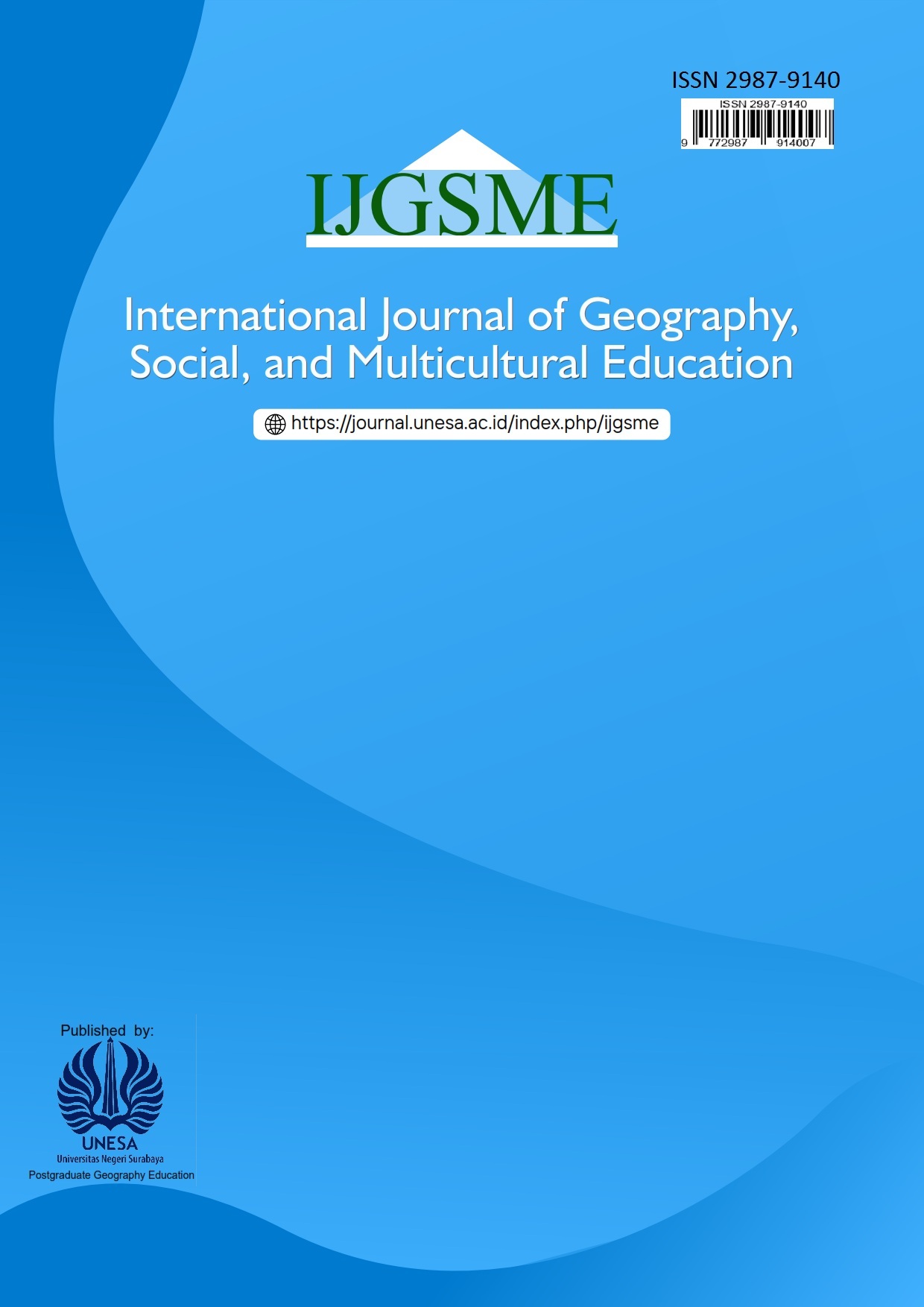Use of Outdoor and Indoor Study Methods on Student Learning Outcomes at SMAN 16 Surabaya
DOI:
https://doi.org/10.26740/ijgsme.v2n1.p30-37Kata Kunci:
Outdoor learning, contextual approach, learning outcomesAbstrak
Learning is an activity that can produce changes in a person, both actually and potentially. Learning will be more meaningful if children experience what they learn, not knowing it. One of the learning methods that position the active role of students in this learning is the outdoor and indoor learning methods. The problem raised in this study is whether there are differences in initial test scores and final test scores and differences in learning outcomes in experimental classes using contextual learning methods and classes using conventional methods. This study used Mann Whitney statistical test to analyze the difference in cognitive ability and learning outcomes between two classes, XI-1 and XI-2, before and after the application of certain learning methods. The pretest results showed that both classes had similar initial abilities. However, after the treatment, the class that applied the Problem-Based Learning (PJBL) method with Outdoor Study (Vlog/Long to the Zoo) showed a significant increase in learning outcomes compared to the other class that used PJBL with LKPD. This finding shows that the integration of the contextual approach in the PJBL method with Outdoor Study effectively stimulates students' critical thinking, strengthens problem analysis, and improves learning effectiveness compared to the conventional approach
Unduhan
Diterbitkan
Cara Mengutip
Terbitan
Bagian
Lisensi
Hak Cipta (c) 2024 Alen Ardiansyah, Anggit Athoillah Hilmy, Tika Chandrika Lestary, Niswatin, Iya' Setyasih

Artikel ini berlisensiCreative Commons Attribution-ShareAlike 4.0 International License.
 Abstract views: 514
,
Abstract views: 514
, PDF Downloads: 22
PDF Downloads: 22








